miércoles, 31 de octubre de 2012
Common Customs Tariff - Tariff headings - Product containing 76.6% protein, 5% lactose and 2.1% fat, without detectable sugar, obtained by ultrafiltration - Classification under subheading 0404 90 33 of the Combined Nomenclature
Summary
The Common Customs Tariff must be interpreted as meaning that a product described as "75% whey protein concentrate", consisting as to 76.6% of protein, 5% of lactose and 2.1% of milk fat, without detectable sugar, obtained by the ultrafiltration of whey, must be classified under subheading 0404 90 33 of the Common Customs Tariff as "products consisting of natural milk constituents ..." in the version of that subheading in the annex to Commission Regulation No 3174/88 of 21 September 1988 amending Annex I to Council Regulation (EEC) No 2658/87 on the tariff and statistical nomenclature and on the Common Customs Tariff. Such a product, which no longer displays the essential characteristics of whey, cannot be classified under subheading 0404 10 as "whey, whether or not concentrated ... not containing added sugar or other sweetening matter".
Parties
In Case C-120/90,
REFERENCE to the Court under Article 177 of the EEC Treaty by the Bundesfinanzhof (Federal Finance Court) for a preliminary ruling in the proceedings pending before that Court between
Ludwig Post GmbH
and
Oberfinanzdirektion Muenchen (Regional Finance Directorate, Munich),
on the interpretation of subheadings 0404 10 11, "whey, whether or not concentrated ... not containing added sugar or other sweetening matter" and 0404 90 33, "products consisting of natural milk constituents ... not elsewhere specified or included, not containing added sugar or other sweetening matter, of a protein content by weight exceeding 42% and of a fat content by weight exceeding 1.5% but not exceeding 27%", of the Common Customs Tariff in the version annexed to Commission Regulation (EEC) No 3174/88 of 21 September 1988 amending Annex I to Council Regulation (EEC) No 2658/87 on the tariff and statistical nomenclature and on the Common Customs Tariff (Official Journal 1988 L 298, p. 1),
THE COURT (Second Chamber),
composed of: T.F. O' Higgins, President of the Chamber, G.F. Mancini and F.A. Schockweiler, Judges,
Advocate General: G. Tesauro,
Registrar: D. Louterman, Principal Administrator,
after considering the written observations submitted on behalf of:
Ludwig Post GmbH, by Barbara Festge, Rechtsanwalt, Hamburg,
The French Government, by Philippe Pouzoulet, Sous-Directeur des Affaires Juridiques, Ministry for Foreign Affairs, and Hélène Duchene, Secrétaire des Affaires Etrangères, in the same Ministry,
The Commission of the European Communities, by Jorn Sack, Legal Adviser, acting as Agent,
having regard to the Report for the Hearing,
after hearing oral argument presented on behalf of Ludwig Post GmbH and the Commission at the hearing on 7 March 1991,
after hearing the Opinion of the Advocate General at the sitting on the same day,
gives the following
Judgment
Grounds
1 By order of 13 March 1990, which was received at the Court Registry on 26 April 1990, the Bundesfinanzhof referred to the Court for a preliminary ruling under Article 177 of the EEC Treaty a question on the interpretation of subheadings 0404 10 11, "whey, whether or not concentrated ... not containing added sugar or other sweetening matter" and 0404 90 33, "products consisting of natural milk constituents ... not elsewhere specified or included, not containing added sugar or other sweetening matter, of a protein content by weight exceeding 42% and of a fat content by weight exceeding 1.5% but not exceeding 27%", of the Common Customs Tariff in the version annexed to Commission Regulation (EEC) No 3174/88 of 21 September 1988 amending Annex I to Council Regulation (EEC) No 2658/87 on the tariff and statistical nomenclature and on the Common Customs Tariff (Official Journal 1988 L 298, p. 1).
2 That question was raised in proceedings brought by Ludwig Post GmbH ("Post") against the Oberfinanzdirektion Muenchen concerning the tariff classification of a product described as "75% whey protein concentrate".
3 It is apparent from the documents in the proceedings before the national court that the product at issue is a powder obtained by ultrafiltration of whey, intended to be used in food preparations, containing 76.6% protein, 5% lactose and 2.1% fat, without detectable sugar. The proportion of lactose in the product represents only about one-fourteenth of the proportion usually contained in powdered whey.
4 In 1988, the Oberfinanzdirektion issued to Post a notice classifying the product in question under subheading 0404 90 33 of the combined nomenclature of the Common Customs Tariff (CCT). Post, on the other hand, considered that the product should be classified under subheading 0404 10 11 of the CCT.
5 In support of the claims made by it before the Bundesfinanzhof, Post maintained that it was apparent from the explanatory notes concerning heading 0404 of the CCT that the removal of part of the lactose from the product in question did not affect its character of "whey" within the meaning of subheading 0404 10 11. Post relied on scientific practice in the food industry and on trade usage.
6 In the grounds of its order for reference, the national court stated that it was inclined to share the view advocated by the Oberfinanzdirektion. In that connection, the Bundesfinanzhof referred in particular to the low lactose content of the product in question. Because of the low lactose content, the goods had lost the essential characteristics of the basic product and, as the Court held in its judgment in Case 40/88 Weber 1989 ECR 1395, could no longer qualify for the tariff classification made for that product. The product was thus not whey from which part of the lactose had been removed but modified whey with a low lactose content.
7 However, the national court considered that the interpretation of the tariff provisions in question raised certain doubts since, first, an amendment of the tariff rules was envisaged, whereby modified whey would be classified with "whey" under subheading 0404 10 of the CCT and, secondly, Post' s representative had contended that the customs authorities in certain Member States had classified powdered whey containing 75% protein and 3% lactose under subheading 0404 10 of the CCT.
8 In those circumstances, the Bundesfinanzhof stayed the proceedings and referred the following question to the Court for a preliminary ruling:
"Must the combined nomenclature (1988) be interpreted as meaning that a powder containing 76.6% milk protein, 2.1% milk fat and 5% lactose, without detectable sugar, obtained from the ultrafiltration of whey must be classified under subheading 0404 90 33 as a 'product consisting of natural milk constituents ...' or, if not, under subheading 0404 10 11 as 'whey ...' "?
9 Reference is made to the Report for the Hearing for a fuller account of the facts of the case, the procedure and the written observations submitted to the Court, which are mentioned or discussed hereinafter only in so far as is necessary for the reasoning of the Court.
10 In its question, the national court seeks essentially to determine whether the CCT must be interpreted as meaning that a product called "75% whey protein concentrate", which has been obtained by ultrafiltration of whey and contains 76.6% protein, 5% lactose and 2.1% fat, without detectable sugar must be classified under subheading 0404 90 33 of the CCT, "products consisting of natural milk constituents ..." or, being whey, should be classified under subheading 0404 10 11 of the CCT.
11 In replying to that question, it must first be pointed out that the Court has consistently held (most recently in the judgment in Case C-384/89 Tomatis [1991] ECR I-127, that, having regard to the imperatives of legal certainty and ease of verification, the decisive criterion for the tariff classification of goods must be sought generally in their objective characteristics and qualities, as defined in the headings and subheadings of the CCT, and in the notes to the sections or chapters.
12 In that connection, it must be stated in the first place that subheadings 0404 10 and 0404 90, which come under heading 0404 of the CCT, cover two groups of products described respectively as "whey, whether or not concentrated or containing added sugar or other sweetening matter" (subheading 0404 10) and "products consisting of natural milk constituents, whether or not containing added sugar or other sweetening matter, not elsewhere specified or included" (subheading 0404 90).
13 Secondly, the explanatory notes on the harmonized commodity description and coding system concerning heading 0404 of the CCT make it clear that whey is made up of the natural constituents of milk which remain after the fat and casein have been removed. Furthermore, according to those explanatory notes, part of the lactose or some minerals may be removed from the whey and it may be concentrated.
14 It is therefore necessary to compare the proportion of lactose contained in whey and in a product such as the one at issue in this case in order to determine whether the latter product can be regarded as whey from which part of the lactose has been removed, within the meaning of the explanatory notes.
15 As the national court indicated in its order for reference, the product obtained from milk, after the removal of fat and casein, normally contains 70% lactose as against 10 to 14% albumin, and that view was also confirmed by the Commission. However, it is apparent from the order for reference that the lactose content of the product in question in this case is only 5%.
16 The Court has already held that, to be classifiable under a given subheading of the CCT, a product must contain the essential constituents of the basic product in proportions which do not differ substantially from those of the basic product (see the judgment in Case 40/88 Weber, supra).
17 That requirement is not fulfilled in the case of a 75% whey protein concentrate of the type at issue in this case since, first, the proportion of lactose in that product is no more than about one-fourteenth of the proportion usually contained in powdered whey and, secondly, as a result of the removal of almost all the lactose the respective proportions of the other constituents of the whey have also changed substantially.
18 In those circumstances, such a product no longer displays the essential characteristics of the basic product "whey" and, in view of the low lactose content by comparison with the normal proportion which that constituent accounts for, the product cannot be regarded as whey from which part of the lactose has been removed, within the meaning of the explanatory notes. Accordingly, a product of that kind cannot be classified under subheading 0404 10 of the CCT.
19 On the other hand, it must be stated that, having regard to the composition of the product as described in the order for reference, a 75% whey protein concentrate of the type at issue in this case displays the objective characteristics defined in the wording of tariff subheading 0404 90 33.
20 It is a product consisting of natural constituents of milk, containing 76.6% protein, that is to say more than 42% as required by the wording of the subheading in question, whose fat content of 2.1% is within the prescribed range (between 1.5 and 27%) and for which the requirement of no added sugar or other sweeteners is satisfied by the absence of detectable sugar.
21 Accordingly, a 75% whey protein concentrate of the type at issue in this case is, for the purposes of tariff classification, a product consisting of natural constituents of milk, within the meaning of subheading 0404 90 33 of the CCT.
22 That conclusion is confirmed by the fact that the Nomenclature Committee of the Customs Cooperation Council decided, having regard to the rules as they stand at present, to classify modified whey under subheading 0404 90 of the CCT.
23 As the Commission has correctly pointed out, the fact that on that occasion the Nomenclature Committee stated that it considered that it would be desirable in the future to amend the nomenclature so as to bring natural whey and modified whey both under subheading 0404 10 of the CCT and that that view was adopted on 5 July 1989 by the Customs Cooperation Council in the form of a recommendation addressed to the Member States, which will be implemented in Community legislation with effect from 1 January 1992, is not relevant to the interpretation of the present version of the CCT.
24 Similarly, neither the alleged trade usage nor any divergent application of the rules in certain Member States can influence the interpretation of the CCT which is based on the wording of the tariff headings.
25 It follows from the foregoing considerations that it must be stated in reply to the question submitted by the national court that the CCT must be interpreted as meaning that a product described as "75% whey protein concentrate", consisting as to 76.6% of protein, 5% of lactose and 2.1% of milk fat, without detectable sugar, obtained by ultrafiltration of whey, must be classified under subheading 0404 90 33 of the CCT as "products consisting of natural milk constituents ..." in the version of that subheading in the Annex to Regulation No 3174/88.
Decision on costs
Costs
26 The costs incurred by the French Government and the Commission of the European Communities, which have submitted observations to the Court, are not recoverable. Since these proceedings are, so far as the parties to the main proceedings are concerned, in the nature of a step in the action pending before the national court, the decision on costs is a matter for that court.
Operative part
On those grounds,
THE COURT (Second Chamber),
in reply to the question submitted to it by the Bundesfinanzhof by order of 13 March 1990, hereby rules:
The Common Customs Tariff must be interpreted as meaning that a product described as "75% whey protein concentrate", consisting as to 76.6% of protein, 5% of lactose and 2.1% of milk fat, without detectable sugar, obtained by the ultrafiltration of whey, must be classified under subheading 0404 90 33 of the Common Customs Tariff as "products consisting of natural milk constituents ..." in the version of that subheading contained in the annex to Commission Regulation No 3174/88 of 21 September 1988 amending Annex I to Council Regulation (EEC) No 2658/87 on the tariff and statistical nomenclature and on the Common Customs Tariff.
Suscribirse a:
Enviar comentarios (Atom)

..bmp)

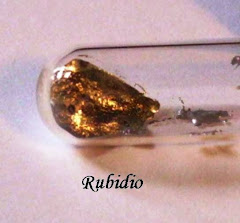


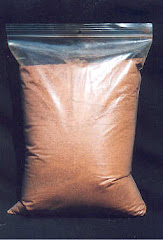..jpg)
..jpg)
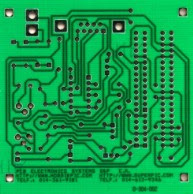
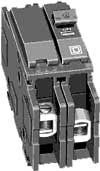
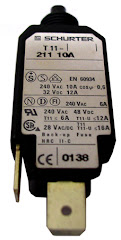




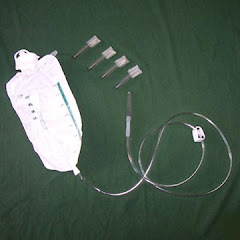.jpg)
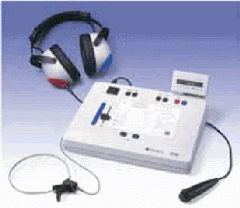.gif)
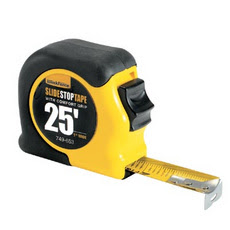.jpg)

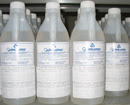
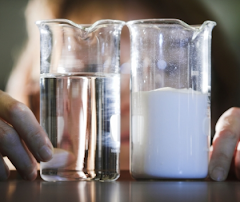
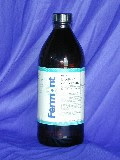



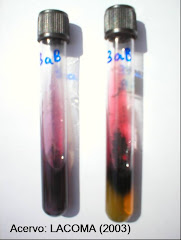
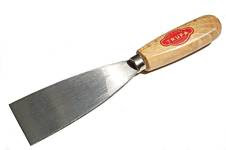
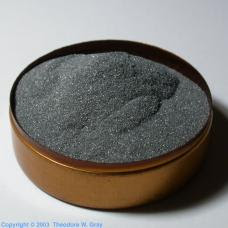..jpg)

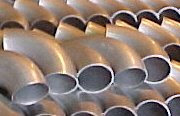+Stainless+steel+elbow.bmp)
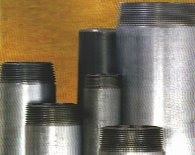
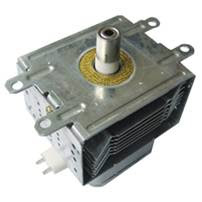
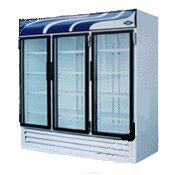
..jpg)
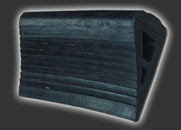
..jpg)

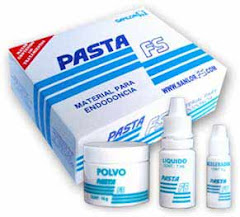..jpg)




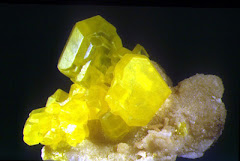
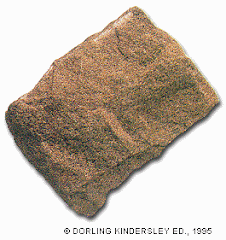
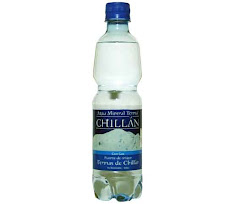
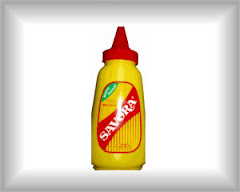

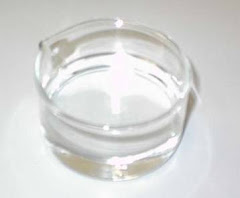

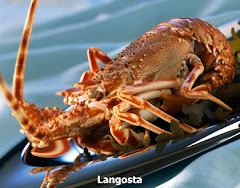



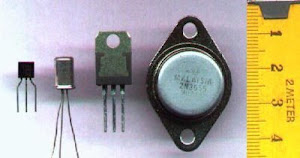
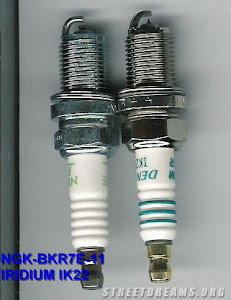


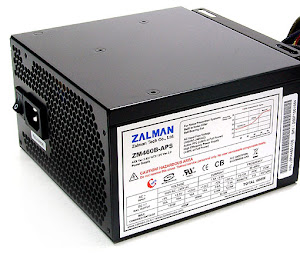..jpg)
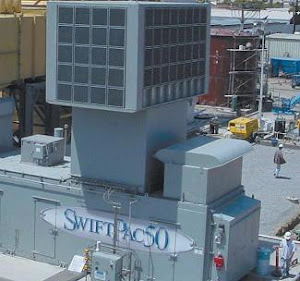..jpg)

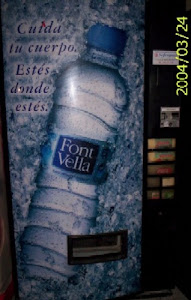
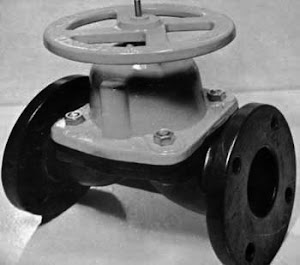..jpg)

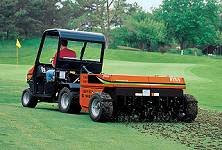
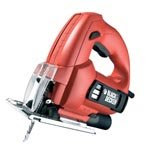

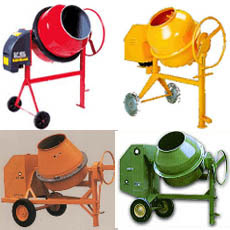

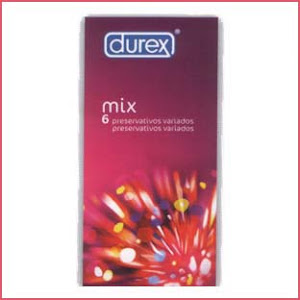
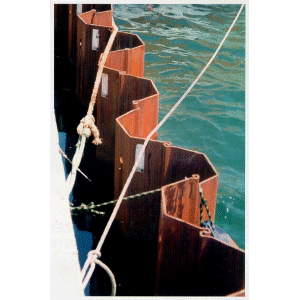Tablestacas..gif)

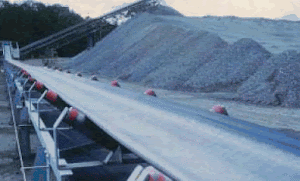.gif)
.bmp)

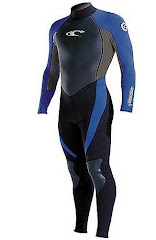

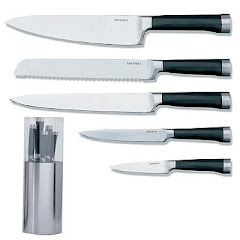
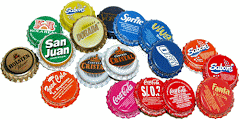


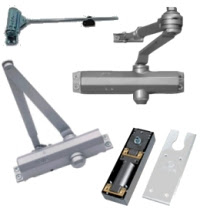
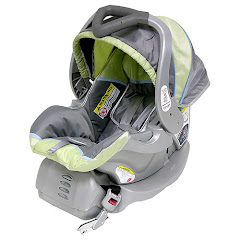
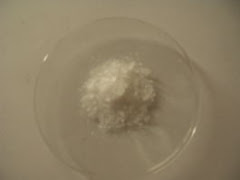
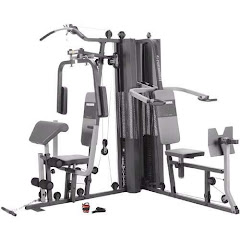
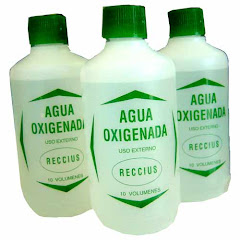..jpg)

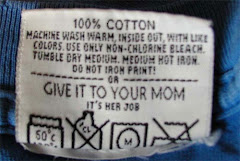
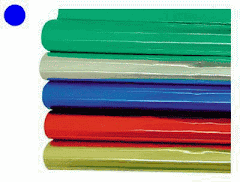
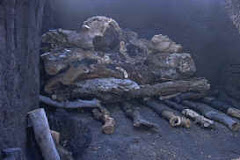.jpg)


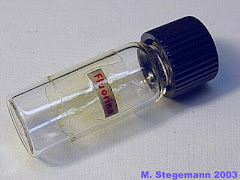
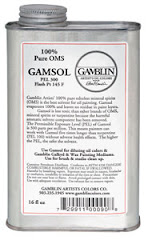..jpg)
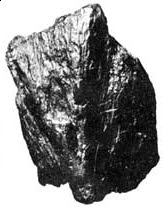
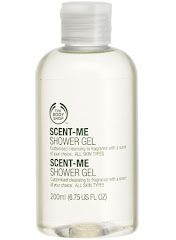
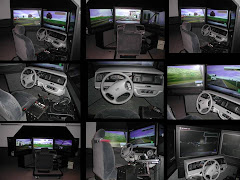
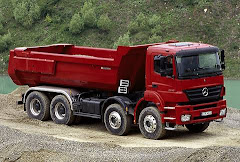.jpg)
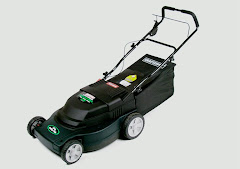


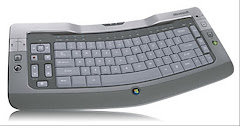
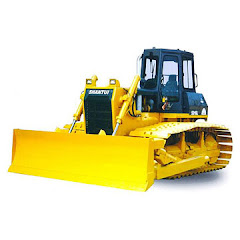..jpg)
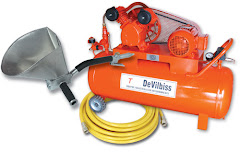
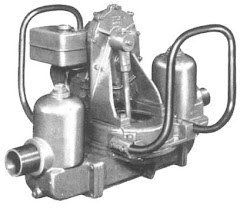

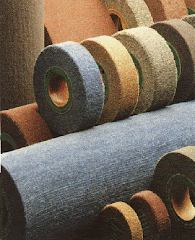.gif)

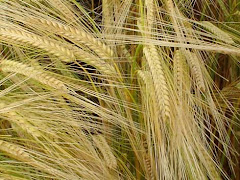


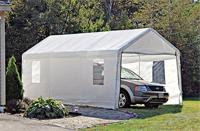..jpg)

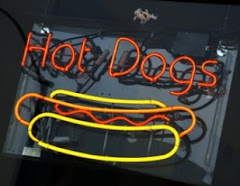

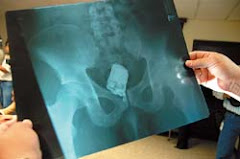
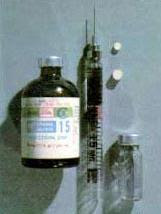
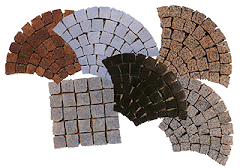
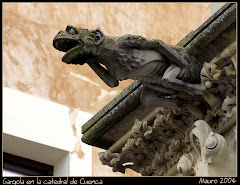
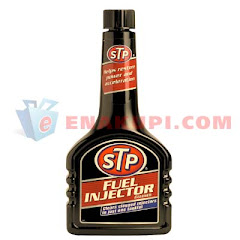
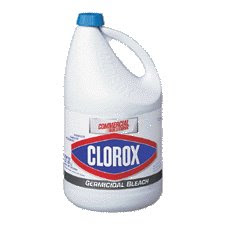



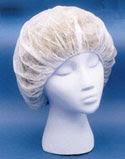

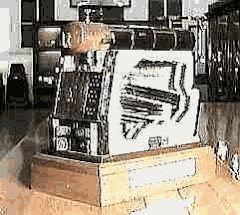
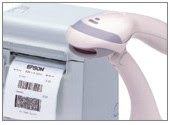
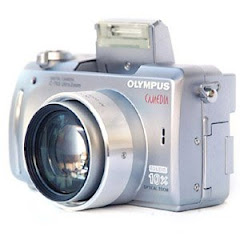
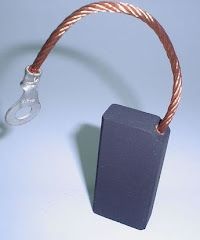
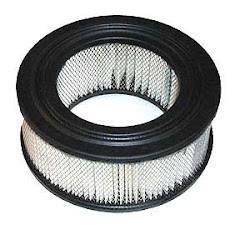
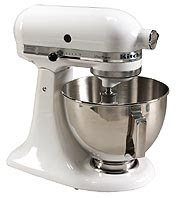

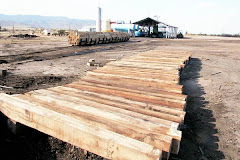+de+madera+para+vias,sin+impregnar.jpg)
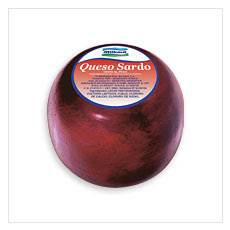

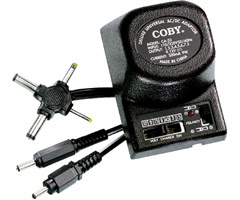




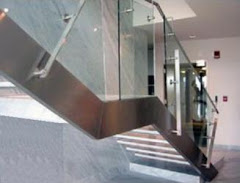
..jpg)

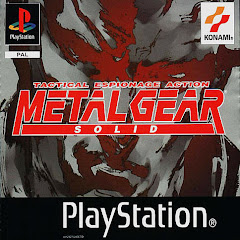
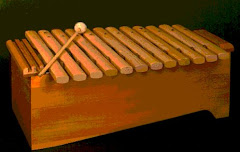
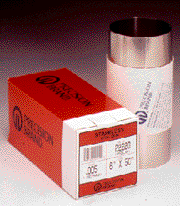.gif)
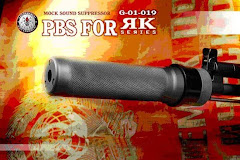
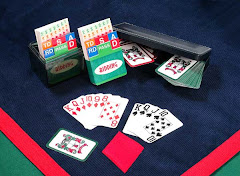
..jpg)
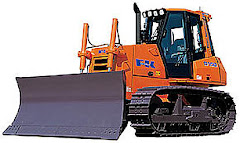+de+oruga.jpg)
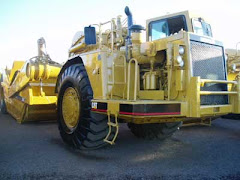
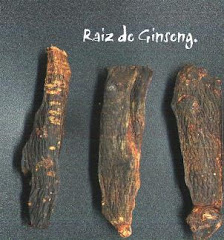

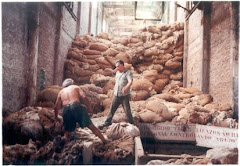
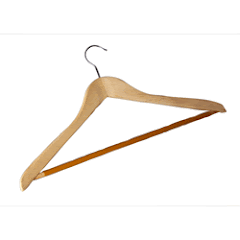
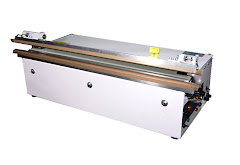
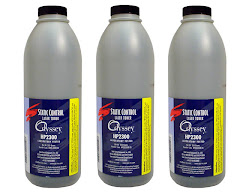
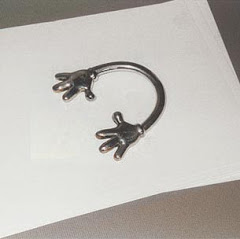

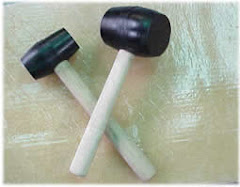
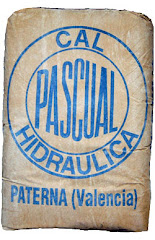




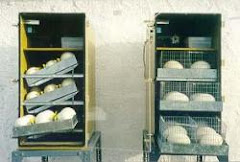

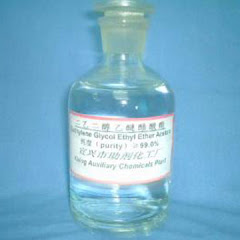
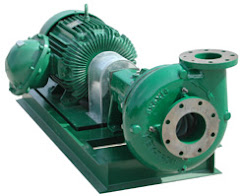
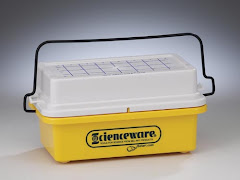+BEL-ART.jpg)
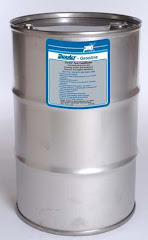

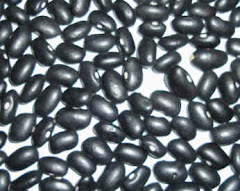
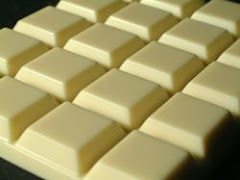





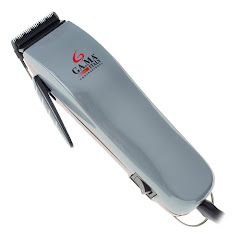

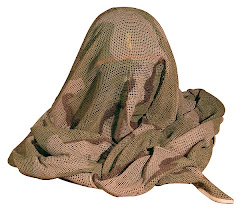.jpg)
..jpg)
.gif)
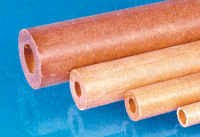..bmp)

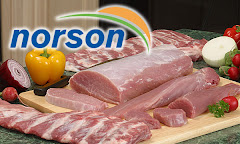
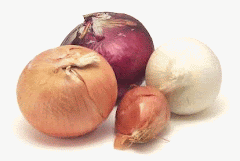
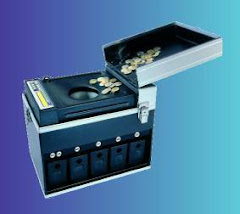
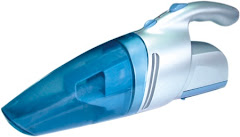
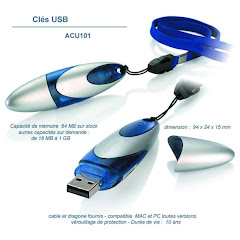.bmp)
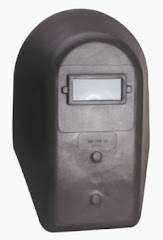

2 comentarios:
In now modern-day lifestyle, day to day delivers with it a new design in the vogue sector, whether it is apparel or any other dressing accessory, our wardrobes modify as usually as seconds in a minute. The living has end up swiftly these days and also is the adjustments in the manner current market, the improvements that are so prominent to be recognized that you are compelled to grasp them as before long as attainable if you want to hold all by yourself up-to-date in nowadays fashion community. Nevertheless the style switch with each and every single 2nd in the sector, not are our resources of salary and this is just one of the principal explanations why most of us continually really feel bounded, not able to [url=http://www.uggbootsinukcheapersale.co.uk]{cheap ugg boots|ugg boots cheap[/url] do whatsoever we want to do.
Walking on the road of trend with comprehensive confidence demands you use most current in the industry. However the need is pretty minor, you usually have to pay back substantial to fulfill it as the vogue is market place that begins with the identify of big brands and ends with the name of big manufacturers. The manufacturer of your clothes decides how you will be addressed in the manner globe. These conditions are really difficult for a human being of center course who make hand to mouth.
But in which there is a difficulty, there is a alternative, like a lot of other [url=http://www.uggbootsinukcheapersale.co.uk]ugg boots uk[/url] troubles in [url=http://www.uggbootsinukcheapersale.co.uk]ugg boots sale[/url] daily life person has also solved this issue by building a replica of favorite branded services that are common for their good quality but are challenging to be acquired due to their great charges. As a excellent response to high quality and expense, replica products quickly turn into popular in the style community, offering typical individual a electrical power to switch model with the velocity of the vogue. With the introduction of replica items in the marketplace, new options open for each fashion freak and now ordering a replica product is not only minimal to save a rate but it also grow to be a popular preference to increase top quality products to wardrobes.
Good quality or value, replica is the best pick for lots of who think in acquiring the most effective usually. Ordering replica bags or wholesale ugg boots have no for a longer period been a selections to help you save dollars only but now they have come to be the astute selections for individuals who imagine properly and do properly. Low-cost ugg boots give you very same convenience and model as the original ugg boots, and also the exact same prospect to go ahead and make your mark in the trend globe that is so competitive that only those people who know how to productively deal with their wardrobe can absolutely attain results.
acavoiztota acavoiztotaJB
Whtie Victor Cruz Jersey
Peyton Manning Orange Jersey
Authentic Victor Cruz Jersey
Publicar un comentario